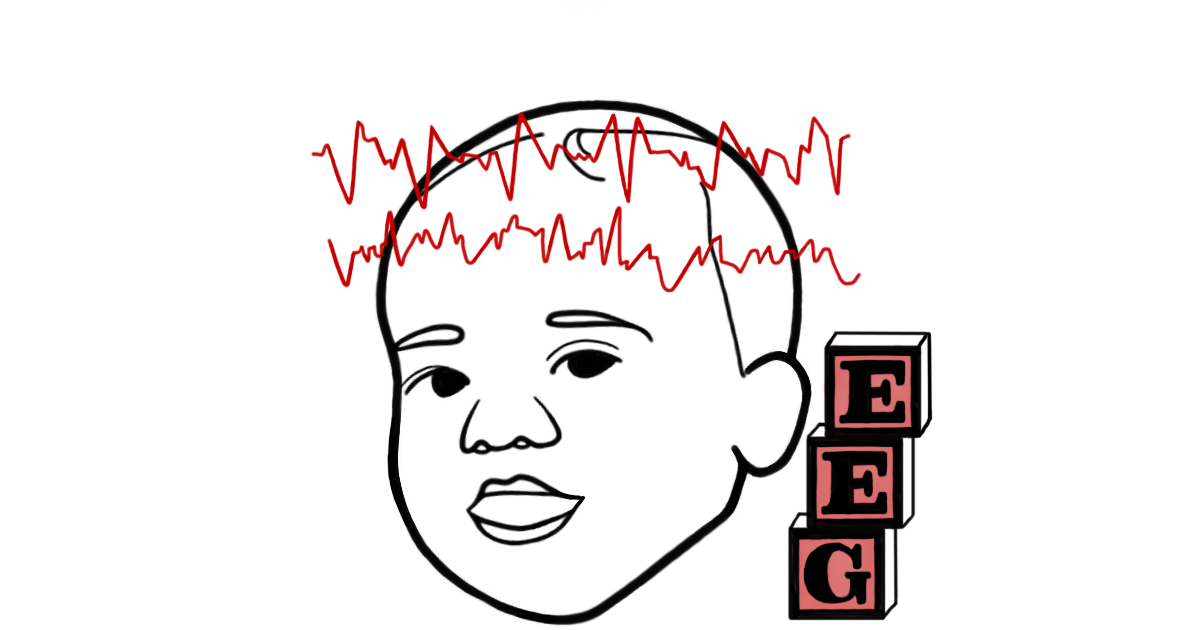- 2.1Impact Factor
- 3.8CiteScore
- 16 daysTime to First Decision
Application of Electroencephalogram (EEG) in Pediatrics
This special issue belongs to the section “Pediatric Neurology & Neurodevelopmental Disorders“.
Special Issue Information
Dear Colleagues,
We are pleased to invite you to contribute your work to the Special Issue 'Application of Electroencephalogram (EEG) in Pediatrics'. The utility of EEGs in the pediatric population has been rapidly expanding in recent years, encompassing the diagnostic evaluation of paroxysmal events and epilepsy, as well as the assessment of neurophysiological biomarkers in neurodevelopmental disorders. While new opportunities arise from the development of quantitative EEGs (qEEGs) and machine learning, the field faces challenges associated with diagnostic heterogeneity and the translation of research tools into clinical use.
This Special Issue aims to update clinicians and researchers on the technical progress in conventional and invasive EEGs and their expanding indications in the pediatric population. These indications range from diagnostic evaluations for paroxysmal events, seizures, and epilepsy surgery to neuroprognostication for critically ill patients and neurocognitive assessments in chronic conditions.
In this Special Issue, original research articles and reviews are welcome. The research areas may include (but are not limited to) the following:
- The diagnostic yield and special considerations of routine EEGs, ambulatory EEGs, and LTM video EEGs in the clinical assessment of epileptic seizures, electroclinical syndromes, and paroxysmal non-epileptic spells.
- The application of updated ACNS critical care EEG terminology in neonatal and pediatric intensive care units (ICUs), along with emerging diagnostic and neuroprognostic biomarkers.
- The challenges and unique opportunities that arise alongside the utilization of intracranial EEGs in assessing the epileptic network and treatment modalities (e.g., resective surgery versus neuromodulation) in a young brain.
- The exciting progress in the practice of qEEG and emerging electrophysiological biomarkers (e.g., HFO, cross-frequency coupling, theta–beta ratio, etc.) for neurocognitive assessments in children with chronic epilepsy and/or neurodevelopmental disorders.
We look forward to receiving your contributions.
Dr. Duyu Nie
Guest Editor
Manuscript Submission Information
Manuscripts should be submitted online at www.mdpi.com by registering and logging in to this website. Once you are registered, click here to go to the submission form. Manuscripts can be submitted until the deadline. All submissions that pass pre-check are peer-reviewed. Accepted papers will be published continuously in the journal (as soon as accepted) and will be listed together on the special issue website. Research articles, review articles as well as short communications are invited. For planned papers, a title and short abstract (about 250 words) can be sent to the Editorial Office for assessment.
Submitted manuscripts should not have been published previously, nor be under consideration for publication elsewhere (except conference proceedings papers). All manuscripts are thoroughly refereed through a single-blind peer-review process. A guide for authors and other relevant information for submission of manuscripts is available on the Instructions for Authors page. Children is an international peer-reviewed open access monthly journal published by MDPI.
Please visit the Instructions for Authors page before submitting a manuscript. The Article Processing Charge (APC) for publication in this open access journal is 2400 CHF (Swiss Francs). Submitted papers should be well formatted and use good English. Authors may use MDPI's English editing service prior to publication or during author revisions.
Keywords
- epilepsy syndrome
- conventional EEG
- stereoelectroencephalography (sEEG)
- quantitative EEG (qEEG)
- developmental and epileptic encephalopathies (DEEs)
- electrophysiological biomarkers
- epilepsy surgery
- critical care eeg terminology
- non-epileptic paroxysmal spells
- neuroprognostication

Benefits of Publishing in a Special Issue
- Ease of navigation: Grouping papers by topic helps scholars navigate broad scope journals more efficiently.
- Greater discoverability: Special Issues support the reach and impact of scientific research. Articles in Special Issues are more discoverable and cited more frequently.
- Expansion of research network: Special Issues facilitate connections among authors, fostering scientific collaborations.
- External promotion: Articles in Special Issues are often promoted through the journal's social media, increasing their visibility.
- e-Book format: Special Issues with more than 10 articles can be published as dedicated e-books, ensuring wide and rapid dissemination.

